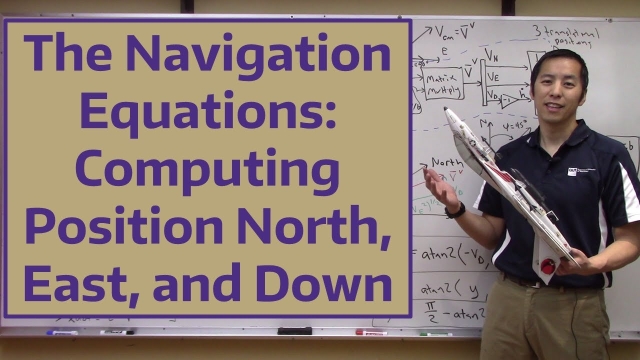
Linear Regression 2 [Python]
This video describes how the singular value decomposition (SVD) can be used for linear regression in Python (part 2).
See MoreNumerically Linearizing a Dynamic System
In this video we show how to linearize a dynamic system using numerical techniques. In other words, the linearization process does not require an analytical description of the system. This...
See MoreStanford CS234: Reinforcement Learning | Winter 2019 | Lecture 10 - Policy G...
Professor Emma Brunskill
Assistant Professor, Computer Science
Stanford AI for Human Impact Lab
Stanford Artificial Intelligence Lab
Statistical Machine Learning Group
How the Flight Controller Code Works - dRehmFlight VTOL
This video will walk you through the flight controller code of dRehmFlight VTOL to give you a better understanding of the contents and structure. The hope is that it will cover almost...
See MoreSmart Projectile State Estimation Using Evidence Theory
This journal article provides a very good practical understanding of Dempster-Shafer theory using sensor fusion and state estimation as the backdrop.
See MoreFreeFlyer Aerodynamic Simulation Software
FreeFlyer® is an aerodynamic simulation software for space mission design, analysis and operations. It is a commercial software used in actual missions. Free for students, paid for startups...
See MoreData-Driven Control: ERA and the Discrete-Time Impulse Response
In this lecture, we describe how the discrete-time impulse response is used in the eigensystem realization algorithm (ERA).
See MoreSVD: Eigenfaces 2 [Python]
This video describes how the singular value decomposition (SVD) can be used to efficiently represent human faces, in the so-called "eigenfaces" (Python code, part 2).
See MoreUsing Antenna Toolbox with Phased Array Systems
When you create antenna arrays such as a uniform linear array (ULA), you can use antennas that are built into Phased Array System Toolbox™. Alternatively, you can use Antenna Toolbox™...
See MoreRL Course by David Silver - Lecture 1: Introduction to Reinforcement Learnin...
Introduces reinforcment learning (RL), an overview of agents and some classic RL problems.
See MoreAutomatic Updates of Transition Potential Matrices in Dempster-Shafer Networ...
Journal article that develops an evidential reasoning network capable of learning/updating the relationships between Frames of Discernment (the sets over which Dempster-Shafer reasons that...
See MoreData-Driven Control: Balanced Proper Orthogonal Decomposition
In this lecture, we introduce the balancing proper orthogonal decomposition (BPOD) to approximate balanced truncation for high-dimensional systems.
See More3D Printed Laboratory Equipment to Study Fundamentals of Vibrations: Complia...
This low-cost, portable, and 3D-Printed Laboratory Equipment (3D-PLE) can be utilized to achieve the following learning outcomes:
- Derive the equation of motion of a translational...
Randomized Singular Value Decomposition (SVD)
This video describes how to use recent techniques in randomized linear algebra to efficiently compute the singular value decomposition (SVD) for extremely large matrices.
See MoreSVD: Optimal Truncation [Python]
This video describes how to optimally truncate the singular value decomposition (SVD) for noisy data (Python code).
See MoreStanford CS234: Reinforcement Learning | Winter 2019 | Lecture 2 - Given a M...
Professor Emma Brunskill
Assistant Professor, Computer Science
Stanford AI for Human Impact Lab
Stanford Artificial Intelligence Lab
Statistical Machine Learning Group
Euler Angles and the Euler Rotation Sequence
In this video we discuss how Euler angles are used to define the relative orientation of one coordinate frame to another.
See MoreRL Course by David Silver - Lecture 6: Value Function Approximation
A deep dive into incremental methods and batch methods of value function approximation.
See MoreFIR Filter Design and Software Implementation
FIR (Finite Impulse Response) filter theory, design, and software implementation. Real-time software implementation on a custom STM32-based PCB. Overview of digital filtering, use-cases...
See MoreData-Driven Control: Balancing Transformation
In this lecture, we derive the balancing coordinate transformation that makes the controllability and observability Gramians equal and diagonal. This is the critical step in balanced model...
See MoreDynamic Mode Decomposition (Examples)
In this video, we continue to explore the dynamic mode decomposition (DMD). In particular, we look at recent methodological extensions and application areas in fluid dynamics, disease...
See MoreSVD and Alignment: A Cautionary Tale
This video describes the importance of data alignment when performing the singular value decomposition (SVD). Translations and rotations both present challenges for the SVD.
See MoreLinear Regression 1 [Python]
This video describes how the singular value decomposition (SVD) can be used for linear regression in Python (part 1).
See MoreThe Navigation Equations: Computing Position North, East, and Down
In this video we show how to compute the inertial velocity of a rigid body in the vehicle-carried North, East, Down (NED) frame. This is achieved by rotating the velocity expressed in the...
See More
![Linear Regression 2 [Python] Linear Regression 2 [Python]](/sites/default/files/styles/search_resulkts/public/2020-12/maxresdefault_437.jpg?itok=jfYpmzNR)
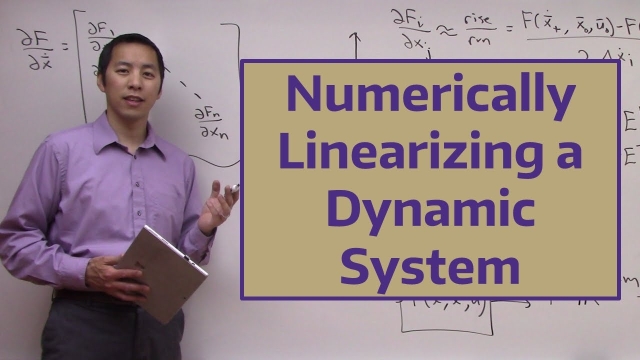
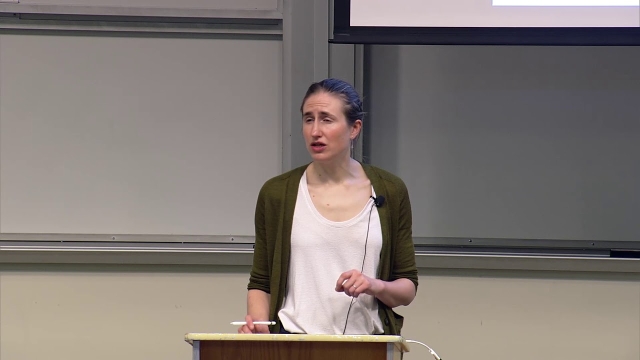


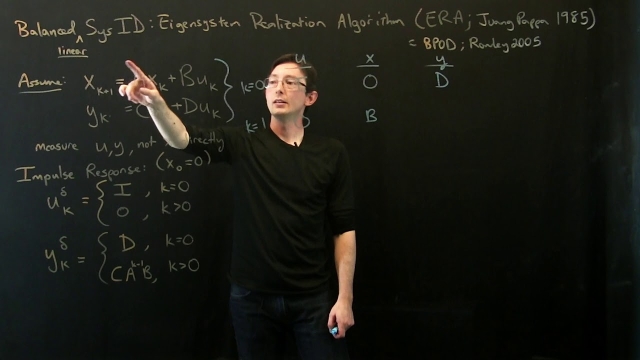
![SVD: Eigenfaces 2 [Python]](/sites/default/files/styles/search_resulkts/public/2020-12/maxresdefault_415.jpg?itok=9rg4zY8s)
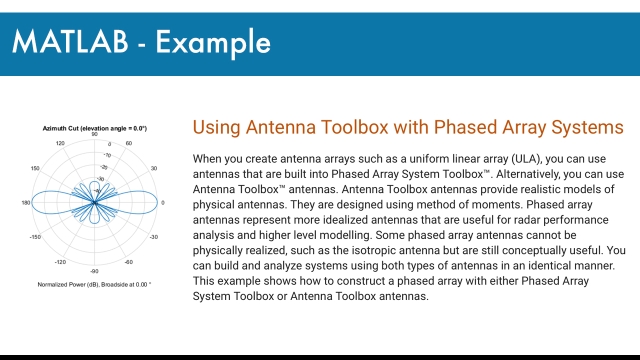

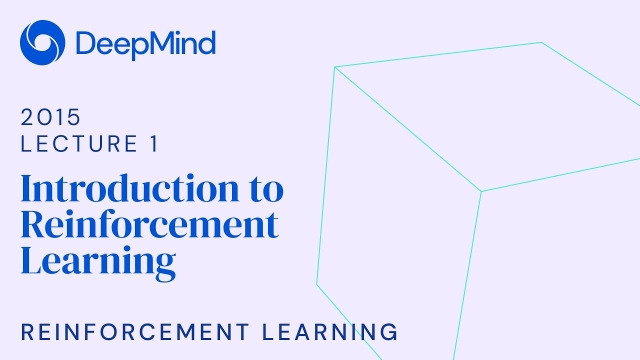
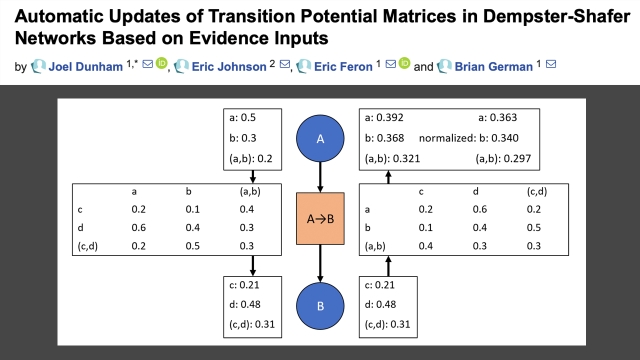

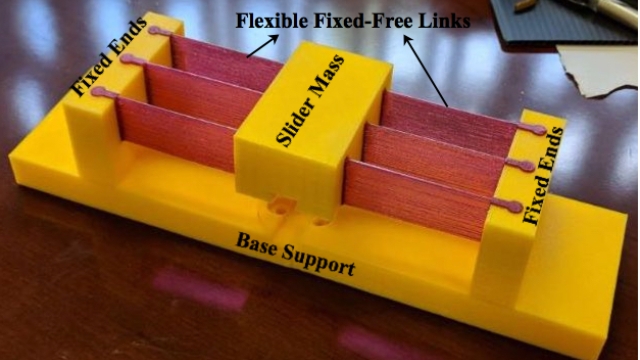
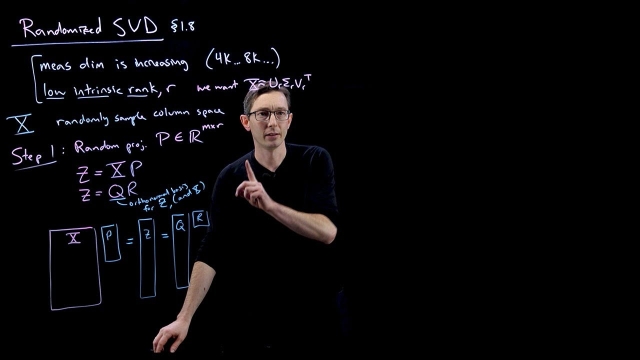
![SVD: Optimal Truncation [Python]](/sites/default/files/styles/search_resulkts/public/2020-12/maxresdefault_424.jpg?itok=UV9sowPB)
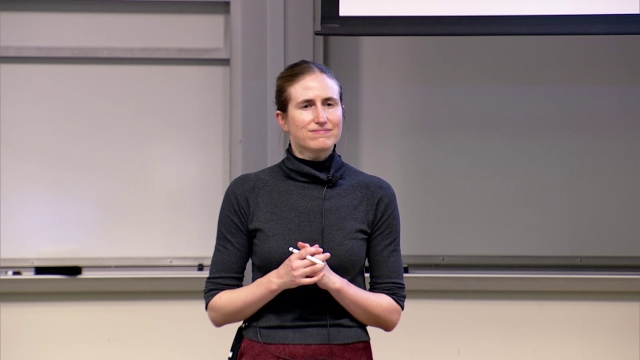
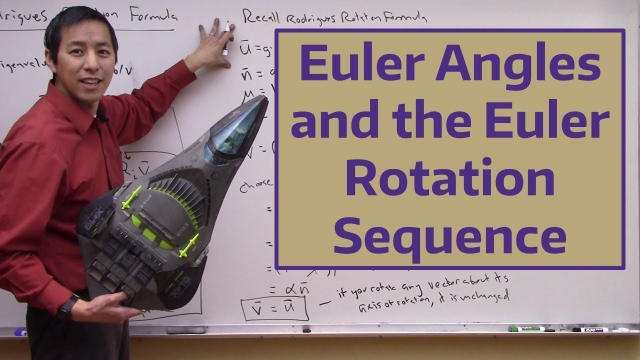
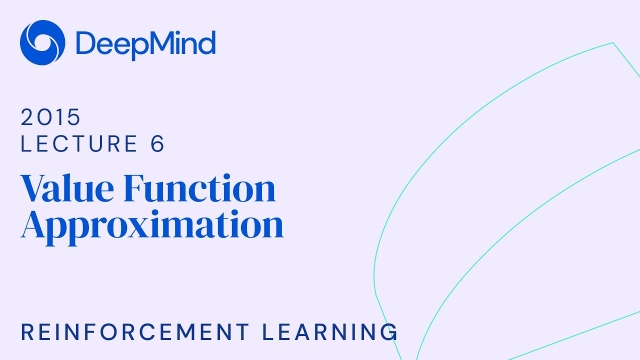
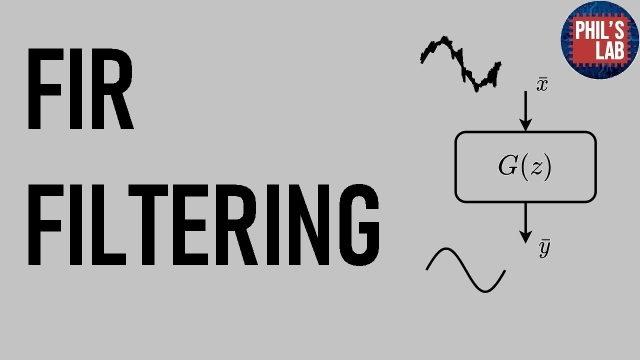
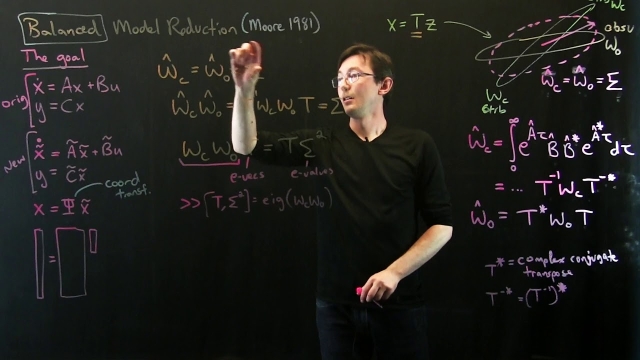
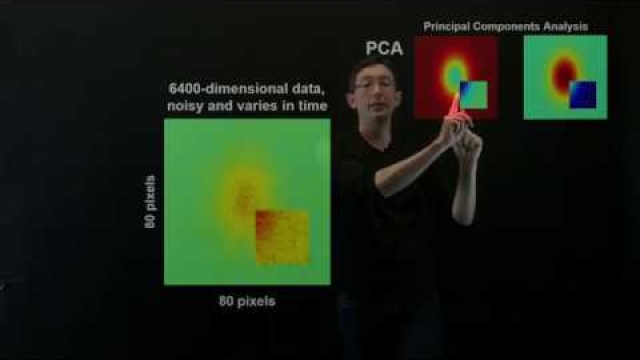
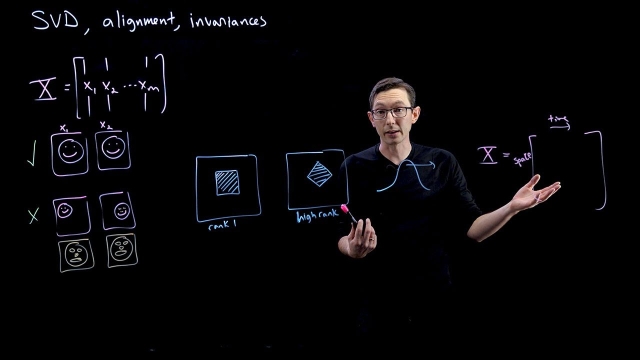
![Linear Regression 1 [Python] Linear Regression 1 [Python]](/sites/default/files/styles/search_resulkts/public/2020-12/maxresdefault_436.jpg?itok=dYATpI15)
